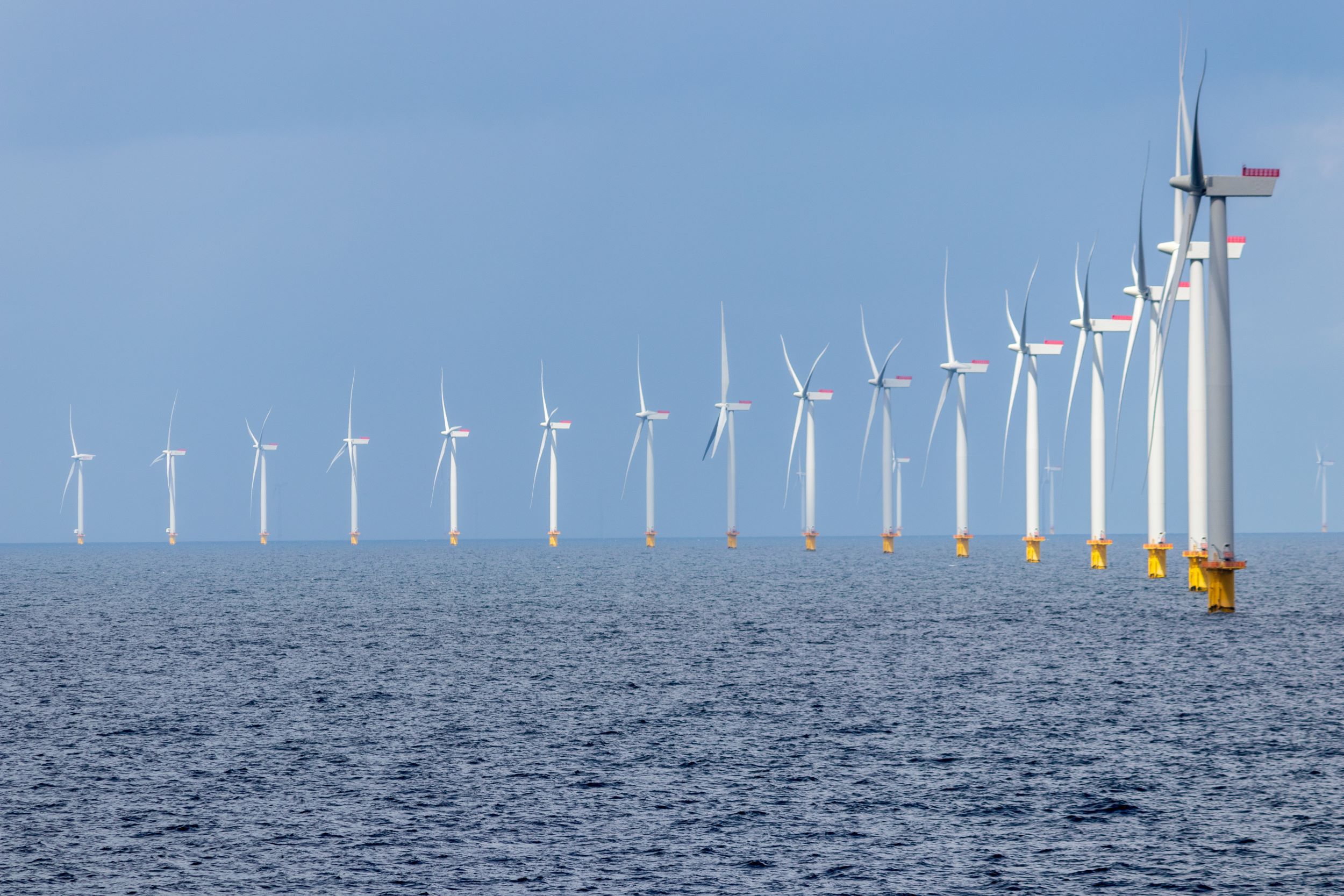
Bolt-Check
Research finds measuring and maintaining correct bolt tension extends the lifetime of wind turbines
Research finds measuring and maintaining correct bolt tension extends the lifetime of wind turbines
The Bolt-Check tool developed by R&D was part of university study on wind turbine life extension; Anniversary of Germany’s Renewable Energy Act (EEG) poses challenge to operate 20-year-old wind turbines economically
Can a 20-year-old wind power plant continue to produce electricity economically? Danish company R&D Group, inventor of the bolt tension inspection tool Bolt-Check demonstrates that maintaining correct bolt tension can contribute to the longer lifespan of wind turbines.
The patented tool was part of the recently concluded Technical University of Denmark (DTU) Lifewind project, whose conclusions were published in the report titled “Demonstration of Requirements for Life Extension of Wind Turbines Beyond Their Design Life”. Germany’s original EEG renewable energy legislation, which was adopted 20 years ago, led to a boom in the building of wind turbines and these are now nearing the end of their design lives.
Danish research – the importance of correct bolt tension
The Lifewind project conducted by DTU focused on bolts, blade erosion and the effective repair of previous faults in eight turbines during a two-year period and concluded that the design-lifespan of wind turbines, currently set to 20 years, can be extended by using tools that can determine the tension in tower bolts. The research recommended that the international engineering wind turbine lifetime standard, IEC 61400, should be updated to extend recommended lifetimes with specific attention to bolt tension.
The results strongly suggest that accurate bolt tension in the future could become an even more important part of the maintenance for wind turbines older than 20 years as service costs increase with the age of the wind turbine.
Bolt-Check directly measures tension
R&D took part in the Lifewind project, contributing its patented Bolt-Check tool. This directly measures bolt tension using ultrasonics and the study found it to be effective in measuring remaining tension of bolts, a benefit to life extension of wind turbines.
“If the right bolt tension is achieved and maintained, there is less metal fatigue and consequently less potential for failure of the bolts,” says R&D Group’s Flemming Selmer Nielsen, Senior Specialist, who will be on the company’s stand at Husum Wind. “This will logically contribute to extending the lifetime of the bolts within the wind turbine,” he comments.
“With ultrasonics, it is possible to verify that a flange connection is properly bolted,” he adds. “Where bolts are approved for extended operation, the ultrasonic Bolt-Check tool can support this by extending the lifetime through ensuring exact tensioning. Further, the use of hydraulic tensioning tools will be considerably reduced, resulting in a substantial cost saving that will help lifetime extension become more economically attractive,” concludes Flemming Selmer Nielsen.
How Bolt-Check works - the principles behind the patent
This unique approach provides bolt tension results to the necessary level of accuracy required in a fraction of the time of conventional techniques. Bolt-Check was granted a patent in 2020 and obtained DNV-GL product certification, allowing the equipment to be used for service and maintenance inspections as an alternative to torque or tension tools. While using ultrasonics alone for measuring bolt tension is not new, the patent, awarded in 2020, makes use of the fact that the speed of sound in a bolt under tension is slower than an unloaded bolt, meaning the measured distance is longer than it should be. For a given, calibrated batch of bolts, the difference between the ultrasonic and mechanically measured distances is directly related to the tension in the bolt.
Germany’s wind power boom
A boom in wind power plants occurred in Germany from 2000 onwards, when the EEG Renewable Energy Act came into force. This legislation enabled renewable technologies such as wind and solar energy to enter the market with support such as fixed tariffs and a purchase guarantee provided for 20 years. From 2021, wind turbines older than 20 years can no longer receive this fixed price and must market the electricity independently.
Wind turbine owners are, therefore, interested in measures that can extend the lifespan of their equipment at an affordable price. Bolt tensioning tools such as Bolt-Check can play an important role here in the future.
Bolt-Check celebrated its world premiere at Husum Wind 2019 and won an innovation award at the Wind Energy Denmark 2019. The Bolt-Check tool is currently in operation in both offshore and onshore plants. Testing bolts is just one area of expertise for the Danish company R&D Group. At Husum Wind, the R&D Group will present its full range of test capabilities in the wind power sector, including the development of the largest nacelle test bench in the world and its dual axis fatigue test bench for wind turbine blades.

